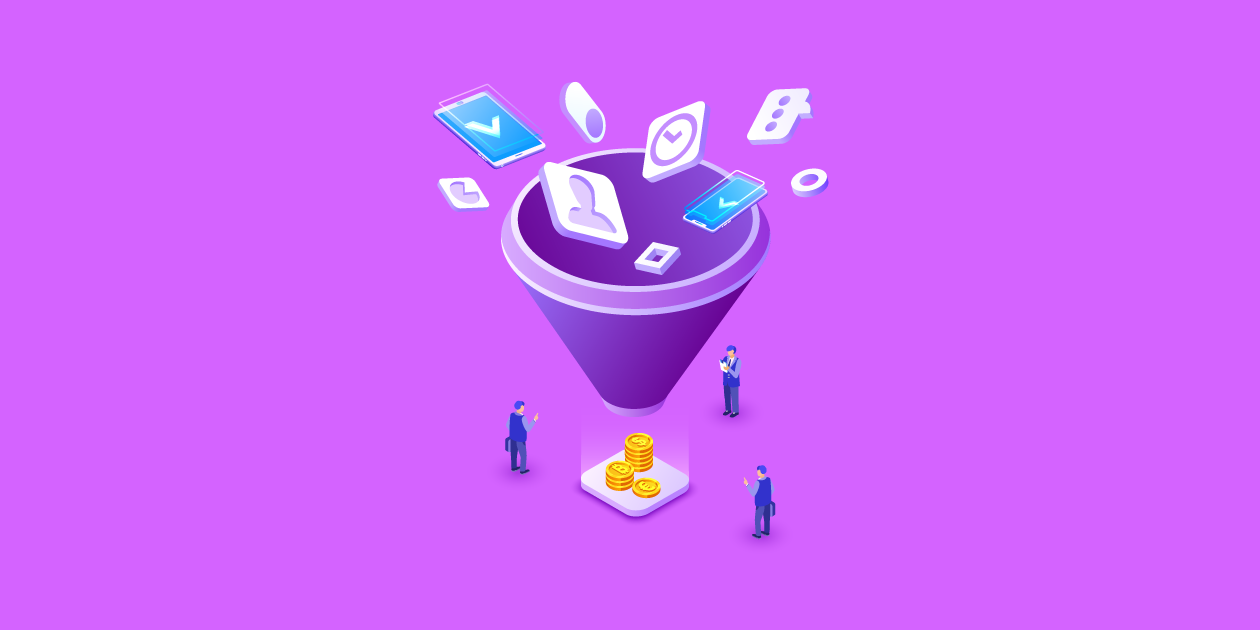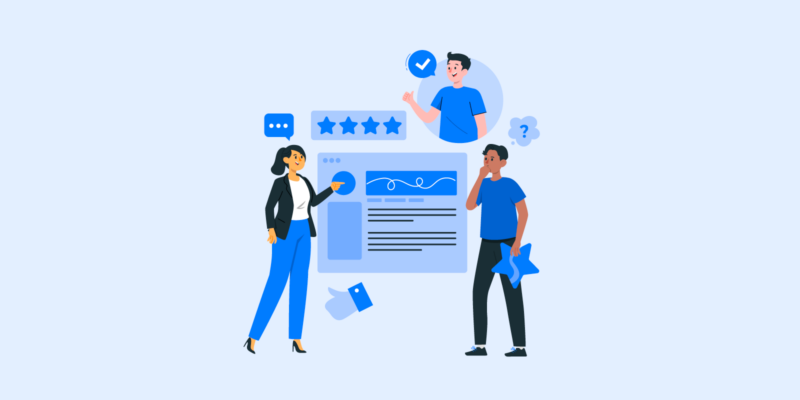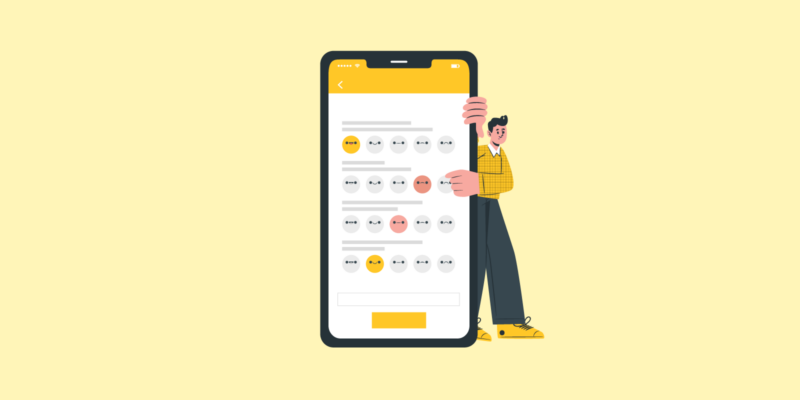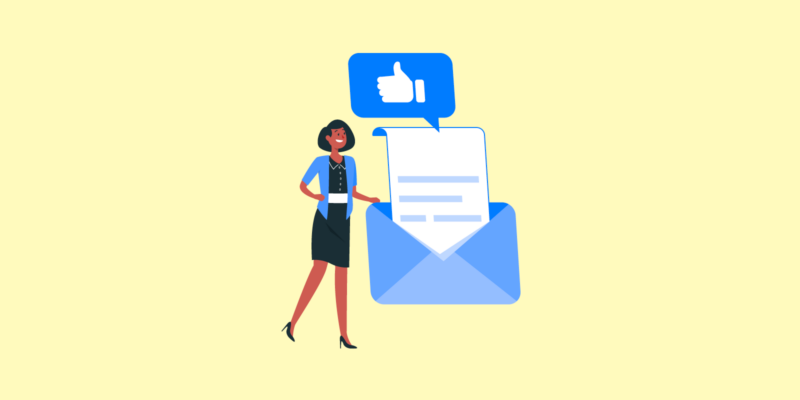When we deal with people, we tend to put them into categories. Whether deliberately or subconsciously, we categorize people based upon factors such as the way they speak, act, dress, or eat, or even their age or where they are from. These impressions influence how we interact with people in everyday life and business.
It’s harder to categorize people in a digital context, but you must try.
The ability to effectively segment your audience into different groups based on their interests, actions, or buying habits can have a huge impact on engagement and profits. Take this comparison of segmented vs. non-segmented email campaigns below as an example.
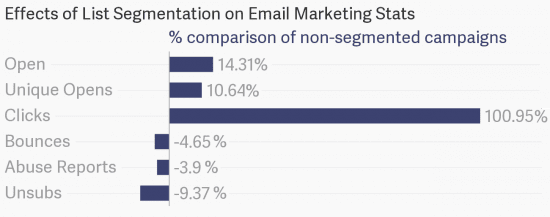
Source: SmartInsights
Companies such as Facebook and Google gather literally millions of data points on their users and use these to build up a picture of an individual. While in an ideal world, you’d have millions of data points on your customers, just having a few will help you improve conversions and generate more sales.
Today, I want to show you how to segment your audience using quiz funnels. Let’s start at the top.
In this article
What is a Quiz Funnel
Visualize your sales process as a funnel. Someone who has only just heard of you begins at the top, the widest part of the funnel. They move down the funnel as you nurture a lead into a prospect into a customer into, eventually, a loyal fan.
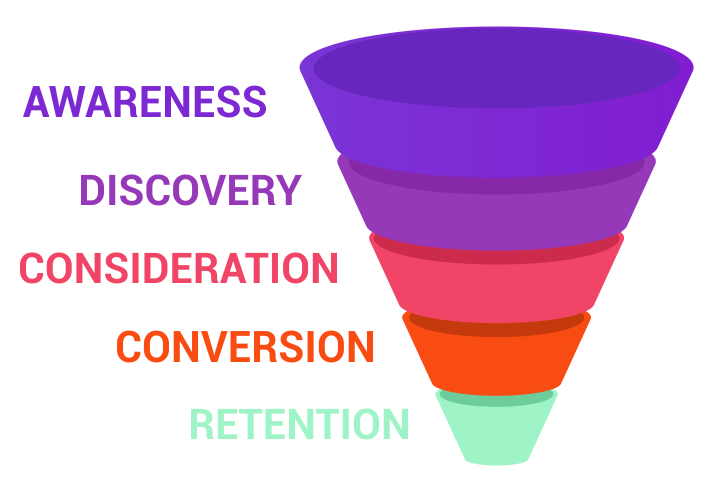
Quiz funnels use quizzes to help guide customers towards making a purchase. The process typically looks something like this:
- You create a quiz of interest to your target audience.
- Your potential customers take the quiz, answering a series of multiple-choice questions.
- They are segmented into groups determined by their answers.
The theory is pretty simple. So is it effective?
Why You Should Use Quiz Funnels
Almost any business can benefit from using quiz funnels. You can use quiz funnels to grow your email list or to segment those who are already on that list into groups. Either way, they enable you to send more targeted and strategic communications and to automate your email marketing more efficiently.
For instance, imagine you’re a clothing company. You have a list of 20,000 people on your email list and don’t do any segmentation. You send a promotional email to the whole list for women’s bikinis. There’s a decent chance that 50% of the people receiving the email won’t wear bikinis, at least out in public 😉
Some basic segmentation, where you divide your email list by sex, would vastly improve your targeting and sales. Add a few more data points, like body size, and you could take your conversions to another level. This is what you can achieve with a quiz funnel.
This quiz funnel by online clothing subscription retailer Stitch Fix uses simple questions about body shape and stylistic preferences to match customers up with items they’ll love.
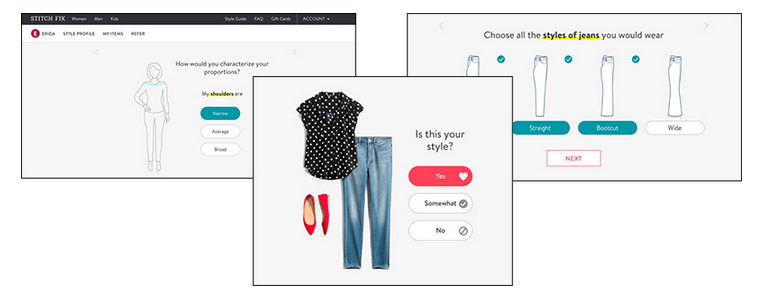
Source: Digital Marketer
The Stitch Fix quiz asks just three questions before collecting the potential customer’s email address, which you must give in order to move on to the more in-depth portion of the quiz. This is an incredibly efficient way of growing the company’s mailing list and segmenting customers by gender, age, body type, and preferences.
Effective segmentation is a win-win for both the company and the customer. Your prospect will receive content and promotions that are directly relevant to them, and you will generate more sales.
That’s two clear benefits. It’s worth highlighting them:
- Reduce churn: the more relevant emails a person on your list receives, the less likely they are to unsubscribe.
- Increase sales: the more relevant the offer to your needs, the higher the chance you’ll purchase the offer.
This reduction in churn and an increase in sales will have a direct impact on your company’s bottom line. Regardless of whether you are in the SaaS business, an affiliate marketer, or you run an eCommerce store, a reduced rate of churn and higher profits will benefit your business.
If you’re convinced, read on to learn how to grow your sales using a quiz funnel.
How to Segment Your Audience
Before you start writing your quiz, you need to ask yourself how you want to segment your audience. Then you need to define your goal.
I always start any marketing campaign by creating customer personas. Your customer persona represents your ideal customer, their pain points, and the most pressing needs. Understanding the motivations of your customers will guide you on the information you need to gather.
Depending on the type of business you have, consider some of these questions to build up a picture of your typical customer. Below is a graphical depiction of a customer persona.
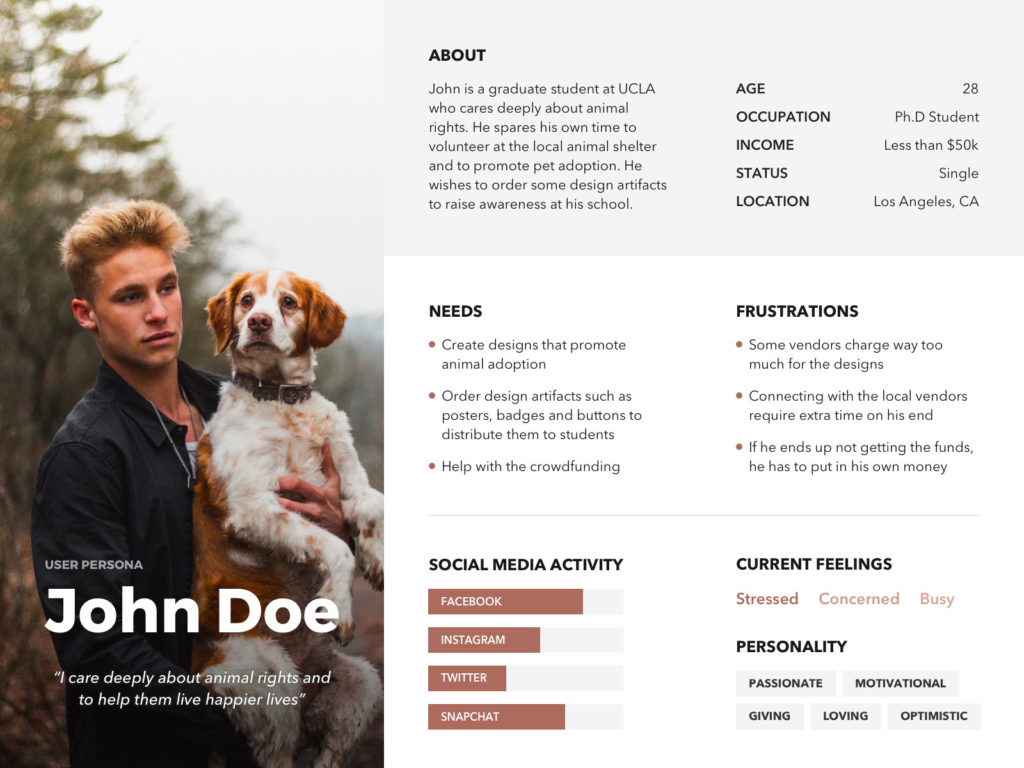
Source: Venngage
Now you have your hypothetical customer persona; it’s time to decide the categories you want to segment your audience based on your business objective. You might choose to segment your audience based on age, gender, socio-economic status, geographical location, or something else entirely. Then, map out what you plan to offer these people.
This playful quiz from AirBnB, for example, aims to segment customers according to their travel style. The end goal is to provide product offerings that align with different personality types.
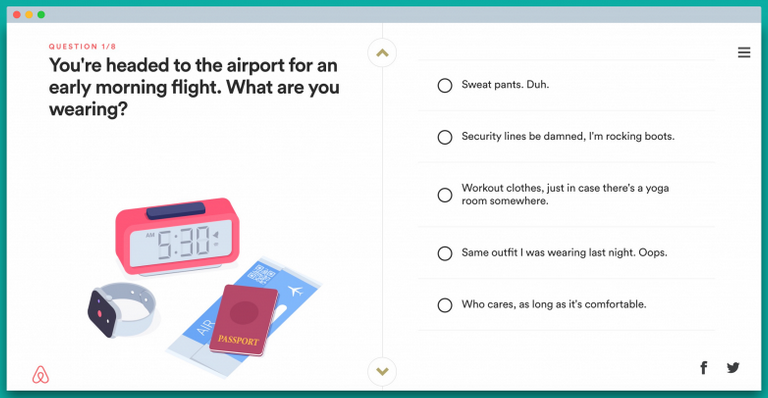
You’ll need to create a list of questions that help you segment your audience into different groups that align with your goals. This is what we’ll cover in the next section.
How to Create Relevant Quiz Funnel Questions
Once you know how you’d like to categorize your audience, you can start writing questions. There are four different types of questions you can ask. They are:
- Background questions
- Problem questions
- Budget questions
- Goal questions
Each type of question will provide a different insight into your audience. Your goal is to get as much information as possible without boring your potential customers and driving them to give up.
Most quiz funnels settle on between five to seven questions. This is usually enough to gain insights into your audience without them deciding to quit the quiz. I recommend limiting your quiz funnel to no more than ten questions.
With that in mind, let’s take a look at the four groups of questions you can use in your quiz funnel.
Background Questions
These questions are intended to gather general information about your audience. You can group people into socioeconomic groups, or segment them based on their interests. An example background question might be, “Are you working full-time right now?”
By asking relevant background questions, you can start tailoring your marketing approach to suit your audience. In the case of the question above, you might infer that a person who is not working full-time has spare time to invest in a side project. Meanwhile, a person with a full-time job might still be interested in a side project but has less time available.
Having this information allows you to adjust your messaging and sales copy to align with what is happening in your life. Of course, you might use background questions to segment people into groups where you offer different products.
Problem Questions
Problem questions help you determine what your audience’s pain points are. I consider them the most important questions in a quiz funnel.
By way of an example, let’s say you’re promoting an email marketing platform. Your quiz funnel could include the question, “How would you like to improve your email marketing?”
The possible answers could include:
- I’d like to grow my mailing list.
- I’d like to improve sales.
- I’d like my email templates to look more professional.
Remember, the key here is to identify your potential customer’s problems, which could be solved by your product. These questions help to ensure that you are promoting the right products to the right people using the right kind of messaging.
I strongly suggest that you include a problem question in your quiz funnel.
Budget Questions
Budget questions have an obvious role to play in the sales process. There is no point in promoting expensive products to customers who can’t afford them (even if they really want them).
Budget questions help you to figure out if a customer can afford your products, or how much they’re willing to pay. You can ask something like, “How much are you willing to pay for [insert service here]?” then present a list of price brackets.
You must consider the culture of your customer base when posing budget questions. You might, for example, want to be less direct. Instead of asking how much you are willing to pay, you could ask things like: “What is most important to you when purchasing [insert service here]?” Then offer a multiple-choice answer where you can choose things like reliability, exclusivity, etc.
This information helps to ensure your product meets customers’ needs and falls within their budget. You can also use it to promote sales and limited-time offers to those who might not buy your product at its full price.
You also have the option to ask budget-based questions indirectly. If you have a good sense of what your competitors are doing, you can ask your potential customer which product or supplier they are currently using. With this information, you can make an educated guess about how much they are spending.
Goal Questions
Finally, you want to know what your audience’s medium- and long-term goals are. Understanding what a person wants to achieve is an important part of the sales process. For example, with Search Engine Optimization, the ultimate goal is far more important to a busy business owner than the journey (reviewing a site, updating content, guest posting, and building links).
Below is an example of a goal question that segments an audience into groups.
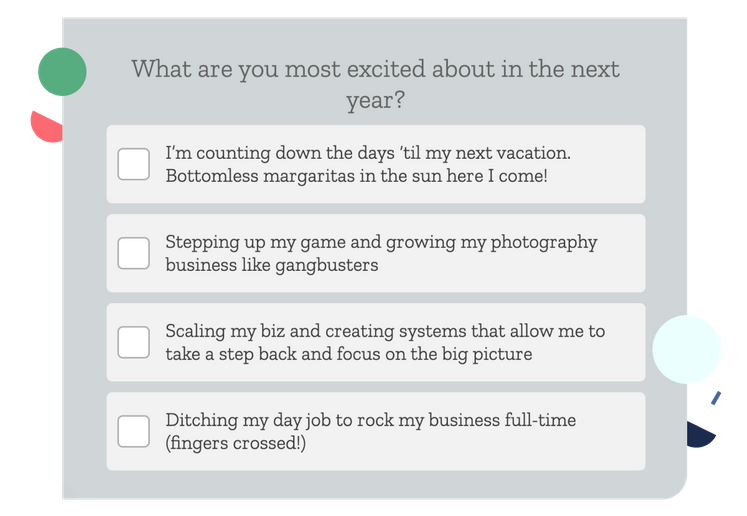
Source: ConvertKit
You can imagine how you could use the answer to this very question to segment users into different buckets based on their objectives, and offer relevant products that would help them achieve that goal. This information would also play an important role in the messaging you used to engage and connect with these different groups.
How to put your quiz together
Now that you’ve determined the information you want to gather and the types of questions you can ask, it’s time to put your quiz together.
Remember: 5-10 questions is ideal.
Instead of grouping similar questions together, it’s better to mix them up. This keeps your quiz interesting and makes your prospect less likely to abandon it halfway through.
In practice, this might mean opening with a big-picture goal question first and then following it up with a budget question. Another format which many quizzes follow is to open with background questions first, then move on to specific questions.
There are no hard-and-fast rules for determining what works, so do what makes sense for your company and product. Remember that the first version of your quiz will probably not be the last – you should track your key metrics and adjust your question sequence until you find a version that results in conversions.
Making strategic updates to your quiz funnel will help improve the completion rates and segmentation. This strategic approach will pay dividends when you market to these different audiences using the answers they provided to help guide you in the product offerings you make and the way you approach a sale.
Segmenting your email list with quiz funnels
Quiz funnels allow you to assign your contacts to specific segments based on their answers to your questions. Using this information, you can more effectively decide which product or service you will promote to each potential customer and the best way to do so. To get even more useful insights, feed your data into an AI-enabled marketing platform.
A good quiz funnel will allow you to learn relevant information about your potential customers’ demographics, preferences, future plans, and budgets. This allows you to offer targeted solutions to the problems faced by each segment.
Segmented email communications mean more opens, more clicks, fewer unsubscribes, and, ultimately, more conversions. Are you ready to create quiz funnels to learn more about your audience and generate more sales? Let us know how it goes!
